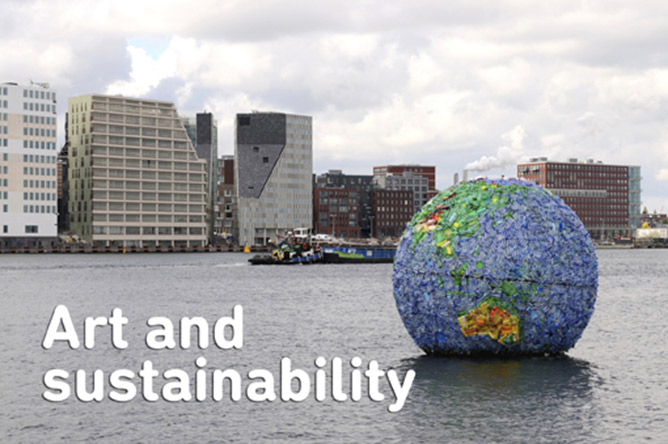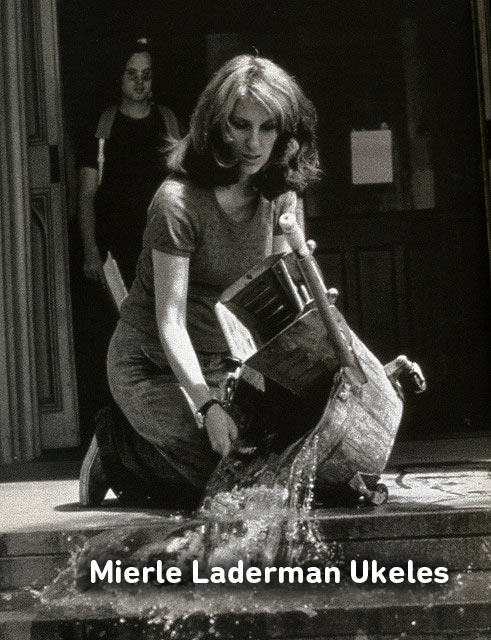On the cover
ART AND SUSTAINABILITY

What is sustainable art?
In a society where there is sustainable architecture (minimisation of the environmental impact with new constructions), sustainable agriculture (agriculture that adapts to the local ecosystem) and even sustainable banking (socially responsible investments) sustainable art also exists, or art that tackles questions such as social responsibility and the ecological conscience.
The origins of sustainable art
Conceptual art dates back to the decade of the 1960's but it is from the end of the Cold War, around the 1980's when concern for sustainability increased with the appearance of a new global conscience about environmental and social problems.

One of the pioneers in this field of art is Mierle Laderman Ukeles, who in 1969 published the Manifesto for Maintenance Art 1969 when she created what she called Maintenance Art. She carried out 17 performances called Maintenance Art Performance Series (1973-1974) combining art with everyday activities, such as cooking or cleaning. One of these performances was Care in which the artist moved to a museum together with her family, where she carried out the same tasks as in her house, keeping the museum clean and receiving visitors as if they were her own guests, thus converting the museum into a true home.
Art and accusation
Art related to the values of sustainability has no defined aspect, as occurs with other styles or movements that are easily recognised, but it reflects a series of ideas on the role that art has in our environment. When the work of artists decry the havoc of human activities and the destructive interventions that have taken place in nature or in the landscape on a global scale, concepts such as the environment, social justice and local culture gain ground in the field of art. The works, whether permanent or temporary, situated in natural spaces or landscape, have sought the active participation of the spectator, who in turn becomes an observer, stroller or explorer. Furthermore, what these works have in common are the materials used, which are of local origin, biodegradable or even recycled in some cases. Sustainability likewise tends to revolutionise the art business or market as many of these artists do not create objects that can be sold in a gallery to a collector.
Concern for sustainability in the world of art continues to be a theme of debate at the present time. Around the year 2000, throughout Europe, numerous debates and conferences took place on the relation between contemporary art and sustainability, for example the conference of the German Society for Political Culture in January 2002 in the Academy of Art in Berlin, or the International Symposium on Sustainability and Contemporary Art which took place in the Central European University in Budapest, in March 2006. These were the first of a series of international conferences that brought together contemporary artists, philosophers, environmental scientists and activists to explore a common terrain on these problems.
When the work of artists denounces the havoc of human activities and the destructive interventions that have taken place in nature or in the landscape on a global scale, concepts such as the environment, social justice and local culture gain ground in the field of art.
Maialen Gallego-Careaga Larrañaga

Fine Arts and History of Art graduate from the University of the Basque Country, at present works for the Department of Education and Interpretation of the Guggenheim Museum Bilbao.


